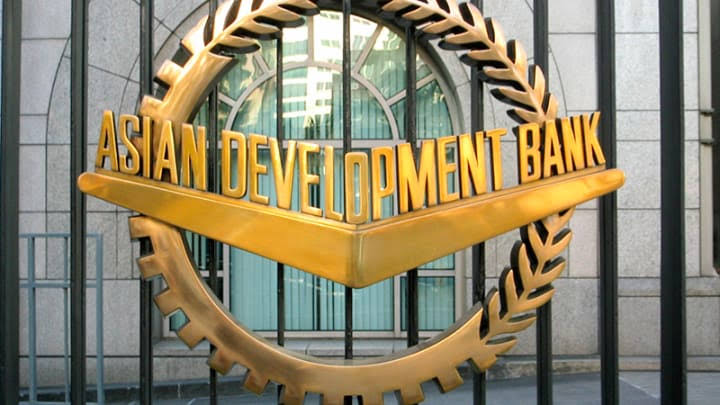Pakistan has officially approached the Asian Development Bank (ADB) with a request for a substantial $300 million loan. The purpose of this loan is to fund the Kurram Tangi Integrated Water Resources Development project, a transformative initiative that seeks to address several critical challenges in the country. This proposed project, if approved, has the potential to create a positive ripple effect across Pakistan’s energy, water, and food security sectors.
According to information gleaned from the project documentation released by the ADB, it is anticipated that the loan will receive the green light sometime in the year 2024. The project’s core objective is to contribute directly to Pakistan’s National Poverty Reduction Strategy, primarily focusing on two strategic pillars: “Increasing productivity and value addition in agriculture” and “Integrated Energy Development Programme.”
At the heart of this ambitious endeavor lies the construction of a colossal 95-meter-high dam, designed to have an impressive water storage capacity of approximately 1,480 million cubic meters. The dam will stand majestically on the Kurram River, becoming a symbol of Pakistan’s commitment to harnessing its water resources responsibly and sustainably. This multi-faceted project also includes the establishment of three small hydroelectric powerhouses. Once operational, these powerhouses are projected to generate an impressive 65MW of hydropower.
However, the scope of the Kurram Tangi project extends far beyond the confines of energy generation. The initiative seeks to revolutionize the irrigation landscape, earmarking a vast 27,400 hectares of previously untapped land for cultivation in the new command area. But the vision doesn’t stop there—it also strives to enhance the existing irrigation water supply to cover an additional 155,444 hectares of land, setting the stage for a substantial increase in agricultural output.
Intriguingly, the planned interventions have far-reaching implications that extend well into the social and economic spheres. As the project takes shape, it is anticipated that it will play a pivotal role in propelling economic growth forward. Agricultural productivity is expected to soar as improved irrigation infrastructure takes center stage, facilitated by the construction of a network of irrigation canals and water courses extending a staggering 500,000 kilometers.
This development initiative also shines a spotlight on social well-being, as it involves the construction and upgrading of various essential facilities. Among these are the critical farm-to-market roads, which are essential for efficient transport of produce from the agricultural heartland to urban centers. In addition, the project envisions enhancing education and healthcare services by investing in schools and basic health units. Adequate water supply, a fundamental human need, will also be addressed, further enriching the lives of the local communities.
It’s important to note that the Kurram Tangi project is not a recent concept. Back in 2004, the Water and Power Development Authority (Wapda) had the foresight to prepare a feasibility study for this very project. The study highlighted the potential to regulate floodwaters for multiple beneficial uses, including agriculture, hydropower, and ecological preservation, all while mitigating the risks posed by flooding. The grand scope of the project necessitated a phased implementation approach due to funding constraints.
The initial phase, which has been underway since 2016, centers around the construction of a diversion weir on the Kaitu River. This particular phase is set to bring water to an expansive 10,625 hectares of land, transforming what was once parched into a thriving agricultural zone. Moreover, it is anticipated that this first phase will generate an impressive 19 megawatts of hydropower, further boosting the region’s energy capacity.
In terms of financing, the government of Pakistan has been playing a significant role. A substantial portion of the funding for the first phase—$72 million, to be precise—is being provided by the government itself. Additionally, the United States Agency for International Development (USAID) has also stepped in with substantial financial support, contributing $81 million to the endeavor.
As the project continues its journey toward completion, with expectations for the first phase to conclude in the coming year, Pakistan’s commitment to harnessing its water resources in a sustainable and multifaceted manner remains evident. The Kurram Tangi Integrated Water Resources Development project is poised to reshape the nation’s landscape, ushering in a new era of prosperity, energy security, and improved livelihoods for countless individuals across the country.





 Elon Musk’s SpaceX, NASA Successfully Send Astrounauts From Four Coutnries To ISS
Elon Musk’s SpaceX, NASA Successfully Send Astrounauts From Four Coutnries To ISS